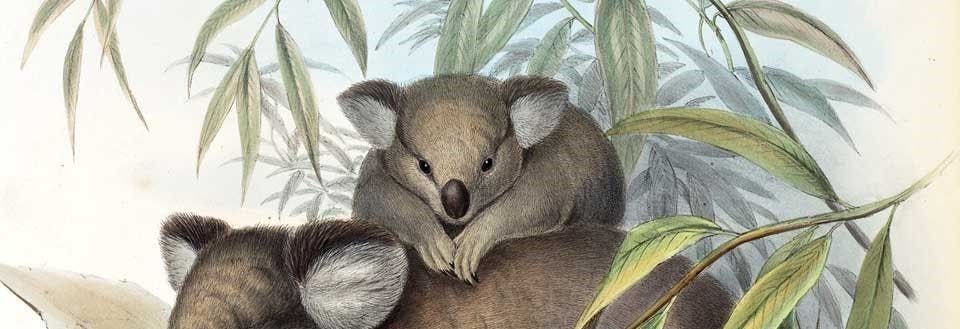Müller, Otto Frederik (1730-1784).
Hydrachnae, quas in aquis Daniae palustribvs detexit, descripsit, pingi et tabulis xi aeneis incidi. Leipzig: Siegrfried Lebrect Crusium, 1781.
Otto Frederik Müller made an important contribution to invertebrate zoology by inventing the first dredge. An adaptation of a device used by oystermen, his dredge could scrape specimens off the ocean floor, and other naturalists soon began using dredges to discover new invertebrate forms. On the scientific voyages of exploration in the early nineteenth century, every naturalist brought along, and used regularly, a dredge, and this included Charles Darwin.
This treatise, however, studies an arachnid that is found in fresh-water ponds and swamps. Popularly called a water mite, it is now placed in the subclass Acarina. Linnaeus had named it Acarus aquaticus and knew only the one species. Muller expanded it to a genus, Hydrachna, and he distinguished forty-nine species, each of which is given a valid Linnaean name and is illustrated by a color drawing. This is a fairly typical example of the explosion of knowledge about invertebrates that occurred between 1760 and 1860.

